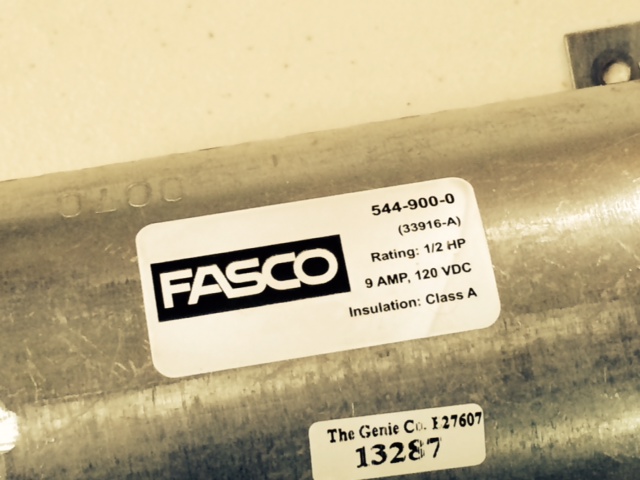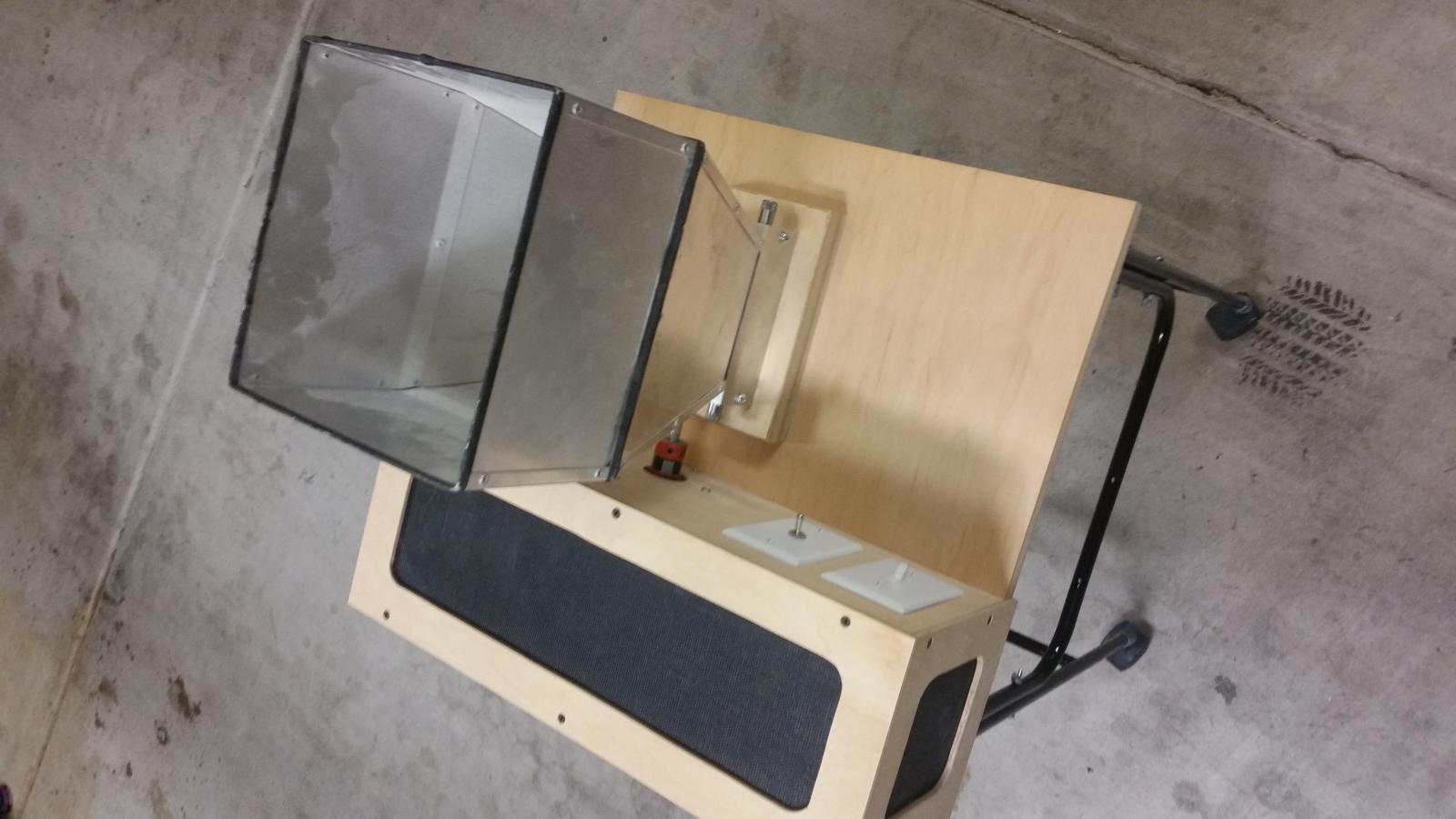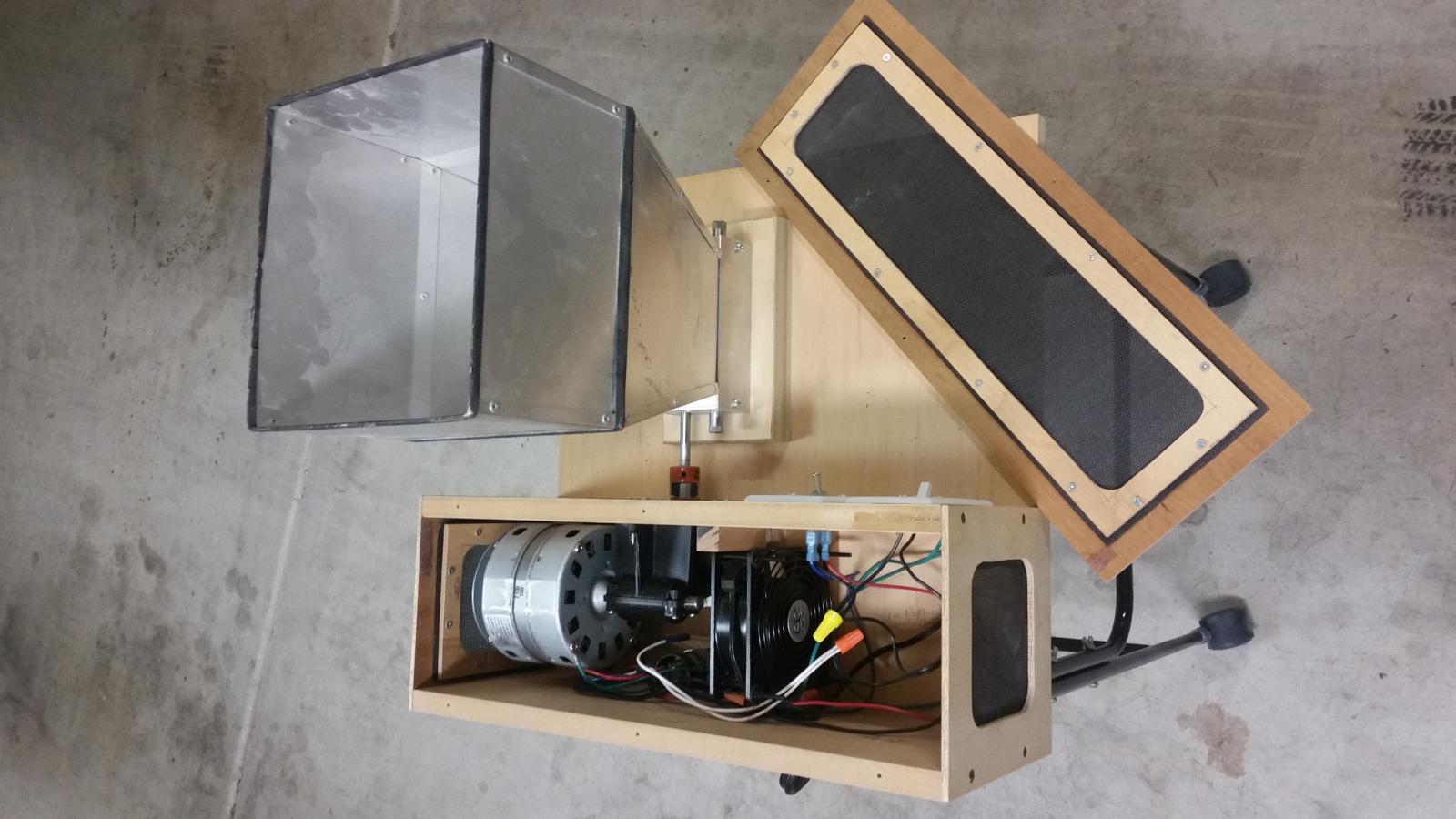Stealthcruiser
Well-Known Member
No ideas, without seeing the "business end".
Is that a "screw drive" opener?
If so, it may limit your options, as it only has to spin the screw, to lift the door.
What is the actual "drive"..........Belt driven?
Is that a "screw drive" opener?
If so, it may limit your options, as it only has to spin the screw, to lift the door.
What is the actual "drive"..........Belt driven?









